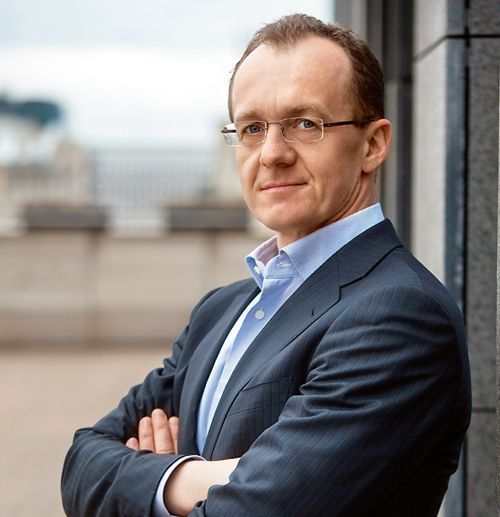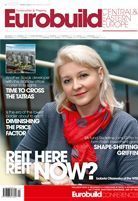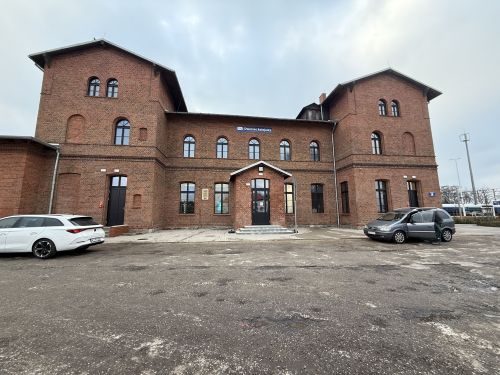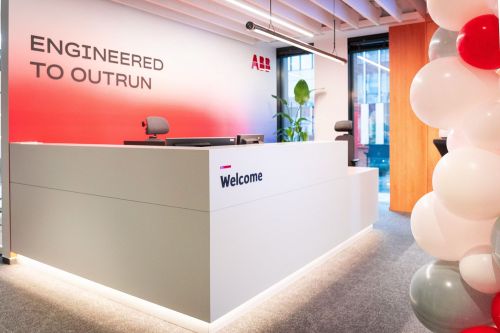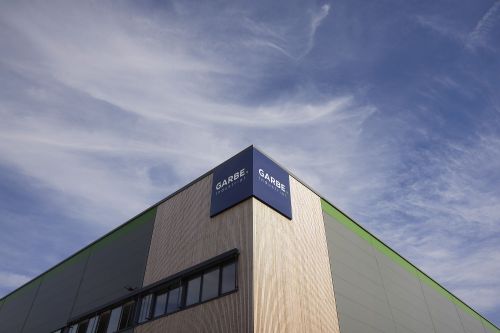Currently you are developing your first two Polish office projects in Warsaw – in the Mokotów and Wola districts. Have you already secured financing for the projects?
Jozef Oravkin, partner at Penta: We are a very strong equity player and we are ready to develop both projects speculatively. We have committed to providing the full budget for the projects: about EUR 45 mln for the Mokotów project and about EUR 60 mln for the Wola project. The funds stem from our own resources. Obviously, if we get pre-leases signed, we will turn to financing from local banks since the cost of equity is higher than the interest rates on the market. If we don’t sign pre-leases before completing the buildings, we will finish them on time anyway.
Have there been many enquiries about the projects so far?
We are marketing our first project now. We have already seen some interest from potential tenants. We are not yet at the point when you can ask for bank
